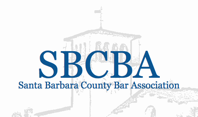Grandparent Rights – Visitation
What are they?
Grandparents who are separated from their grandchild(ren) by a parent or a legal situation may be interested in filing for formal visitation, the legal right for them to visit their grandchild(ren) at certain times.
How does it work?
For a grandparent to file for visitation of their separated grandchild(ren), the court must be able to:
-
Find that there was a pre-existing relationship between grandparent and grandchild that has “engendered a bond.” This means that there is such a bond between grandparent and grandchild that visitation is in the best interest of the grandchild(ren).
AND
2. Balance the best interest of the child(ren) in having visitation with a grandparent with the rights of the parents to make decisions about their child.
In fact, grandparents can only file for visitation rights in a few instances, such as:
- The parents are living separately;
- A parent’s whereabouts are unknown (and have been for at least a month);
- One of the parents joins the grandparent’s petition for visitation;
- The child does not live with either of his or her parents; or
- The grandchild has been adopted by a stepparent.
However, even if a grandparent successfully files for visitation, once the situation with the parent(s) change so that none of the above applies, the parent can terminate the grandparent’s visitation rights at any time.
Are you interested in filing for visitation? We can help you find the lawyer you need. Please call 805.569.9400 for more information.

